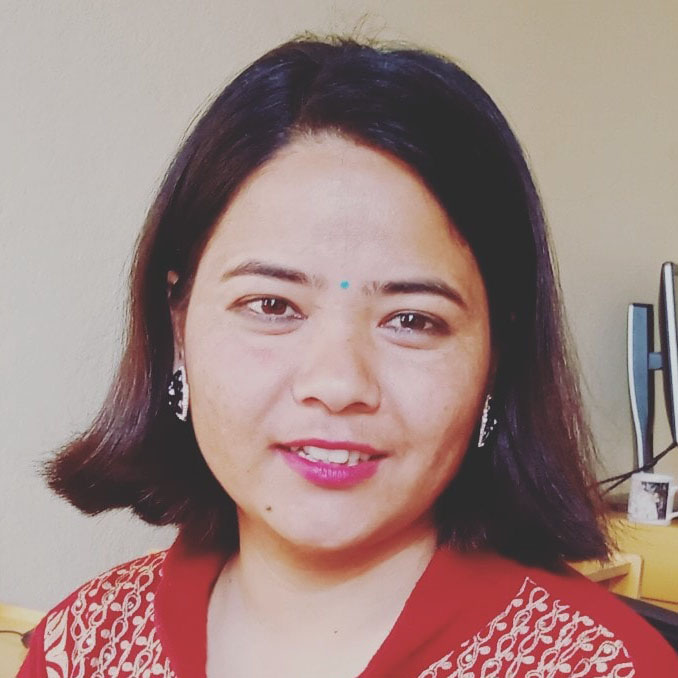Lumbini Province
Villagers in Gulmi lose night’s sleep for water
The village of Painyunpata has 18 households and each household takes turns every hour to fill their pots at the public tap.
Gaganshila Khadka
Japindra Karki, a 76-year-old man, of Painyunpata in Isma Rural Municipality-4, starts his day at 4 am to fetch water. He reaches the only public tap, about 15 minutes from his house, every morning, without fail.
“I have been following this routine for so many years now, no matter the weather,” said Karki.
Tulasa Karki, a 53-year-old woman, stays awake the whole night to reach the public tap by 2 am.
The village of Painyunpata has 18 households and each household takes turns filling their pots at the public tap to avoid quarrels. One household gets an hour. The frustration that builds up trying to manage water for household purposes every day boils over when every thirsty household reaches the public tap at the same time, says Karki.
“We have been following the one-hour rule for almost a decade, but we still end up quarrelling sometimes because there is just not enough water for everybody,” said Tulsa. “The spring is drying up. We never get enough water even after staying up all night.”
A water supply pipeline is laid from a spring in Chaphile, Malika Rural Municipality-5, to Painyunpata’s public tap, but there is no water reservoir.
“The pipe was laid with money collected from every household,” said Tulasa. “We couldn’t do the same to build a reservoir.”
According to Tara Karki, a 39-year-old woman from Maryan village in the same ward, all the villages in the rural municipality suffer from water shortage.
More than 600 households in Khabreta, Hul, Chaiya, Bhana, Madkina, Dami, and Rumi villages, and a few other settlements in Ward No 4 have been facing water problems for several years.
“In Maryan, water is distributed to every household for an hour, which allows us to fill two or three buckets of water, which is never enough for my family of four,” said Tara. “If we need more water, we have to walk for two hours to reach a natural spring.”
A lift water supply project—Andheri River Lifting Drinking Water Project—from Andheri River was started in the fiscal year 2013-14, with the help of the District Water Supply Office at an estimated cost of Rs 60.9 million. “But even after spending so much money on the project, the consumer committee has not been able to complete the project,” said Om Bahadur Karki of Khabreta.
Man Bahadur Darlami, chairman of the consumer committee, says the project will be completed in a year. “Most of the budget was spent on installing three water tanks with a capacity of 1,00,000 litres each; four smaller tanks, among which two have a capacity of 20,000 litres each; and two others with a capacity of 16,000 litres each; and on laying the pipeline and installing the motors,” said Darlami. “The only thing left to do now is to install taps,” he added.
Locals, on the other hand, are sceptical that the committee will begin water supply in one year and complain about various other issues.
According to Gumansingh Basnet of Khabreta, the lift water project has several irregularities. “We did not know when the committee was formed, nor were we informed about its work progress,” said Basnet. “The tanks are in a dilapidated condition, and the pipes installed to supply water in several locations are damaged. We have no hope this project will be completed.”
According to records at Isma Rural Municipality, when the project started, there were 445 households in ward No. 4, and there are now more than 600 households.
“With the increase in population, the water needs of the ward have also increased,” said Parvati Kunwar, the deputy chairman of the Isma Rural Municipality. “We have allocated an additional Rs2 million from the municipal office under the ‘one house, one tap’ programme. In order to solve the problem of drinking water for the people of Ward No 4. We will complete the Andheri River Lifting Drinking Water Project to end the water woes of the residents of Ward No 4.”




 22°C Kathmandu
22°C Kathmandu













